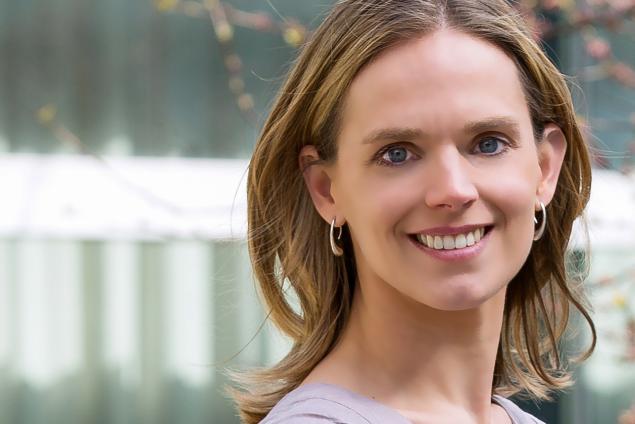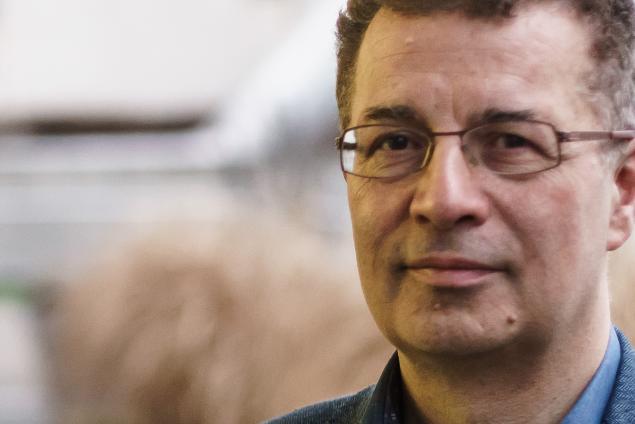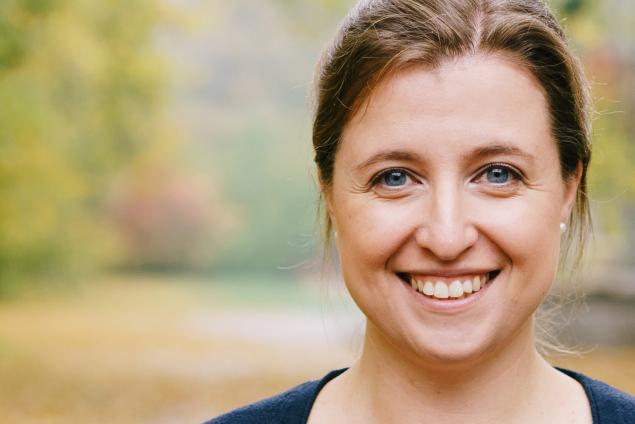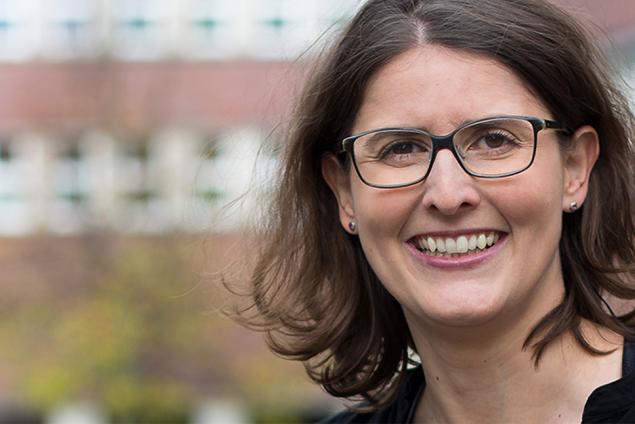Scroll to Section:
High-level athletes, such as basketball and volleyball players, show more than fifty percent prevalence of developing tendinopathy – an injured tendon – compared to the normal population. The researchers around ADAMANTIOS ARAMPATZIS assume that the reason for this could be the dysbalances in the adaptation between muscle and tendons. As he describes in this video, the researchers measured and compared the morphological, functional and mechanical properties of muscle and tendons of both elite athletes and representatives of the average population during the period of one year. They established that the athletes show a more pronounced adaptation in tendon compared to muscles and thus the demand on an athlete’s tendon is higher than in the normal population. This could be an explanation of the high tendency among athletes to develop injuries in the tendon.
DOI:
https://doi.org/10.21036/LTPUB10540
Institution
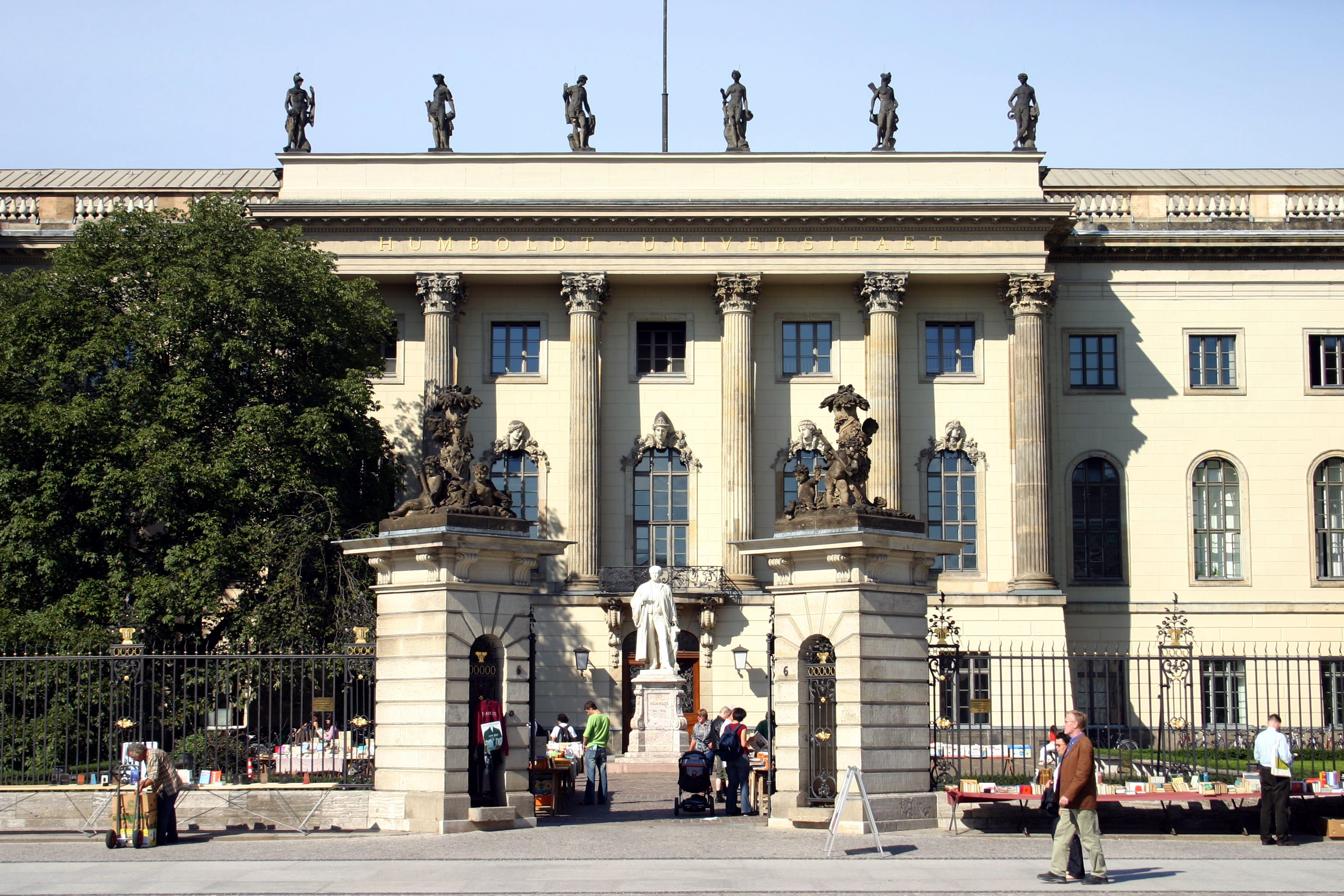
Humboldt University of Berlin (Humboldt-Universität zu Berlin)
In 1810, Wilhelm von Humboldt’s idea of founding a new type of university became a reality. The combination of teaching and research, academic freedom and the comprehensive education of students was not only a model for the Prussian university but for the world as well. And a new era for universities and academic research began. Each year, over 6,000 people decide to study at Humboldt-Universität located in the heart of Berlin. There are few other places where you can choose from 190 degree programmes, from Agricultural Science to Asian Studies. The university is first and foremost dedicated to fundamental research. Humboldt-Universität’s strengths in particular are in research on antiquity, history, philosophy, and quantitative economics as well as the life sciences, especially theoretical biology, neurology and immunology. It also has strengths in mathematics, material and optical sciences, and climate and sustainability research. These key strengths are shaped by twelve collaborative research areas, nine graduate research clusters and eleven interdisciplinary centres. Three integrated research institutes strongly connect and coordinate different research areas while developing focused topics for the future. (Source: Humboldt-Universität zu Berlin)
Show more
Original publication
Muscle and Tendon Adaptation in Adolescence: Elite Volleyball Athletes Compared to Untrained Boys and Girls
Frontiers in Physiology
Published in 2017
Reading recommendations
Muscle and Tendon Adaptation in Adolescent Athletes: A Longitudinal Study
Scandinavian Journal of Medicine and Science in Sports
Published in 2017
Imbalances in the Development of Muscle and Tendon as Risk Factor for Tendinopathies in Youth Athletes: A Review of Current Evidence and Concepts of Prevention
Frontiers in Physiology
Published in 2017
Athletic Training Affects the Uniformity of Muscle and Tendon Adaptation During Adolescence
Journal of Applied Physiology
Published in 2016
Evidence of Imbalanced Adaptation Between Muscle and Tendon in Adolescent Athletes
Scandinavian Journal of Medicine and Science in Sports
Published in 2014
Human Achilles Tendon Plasticity in Response to Cyclic Strain: Effect of Rate and Duration
Journal of Experimental Biology
Published in 2014
